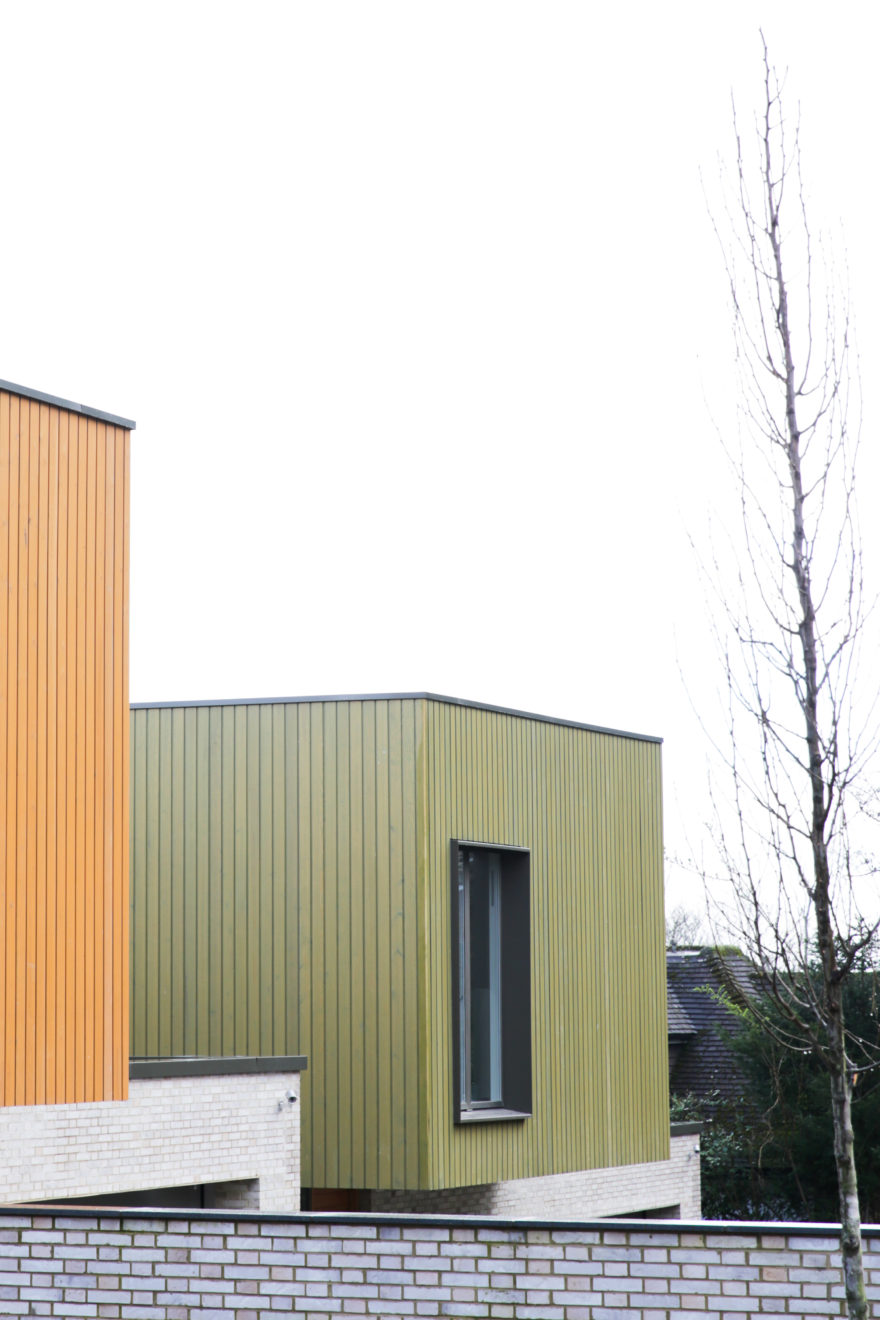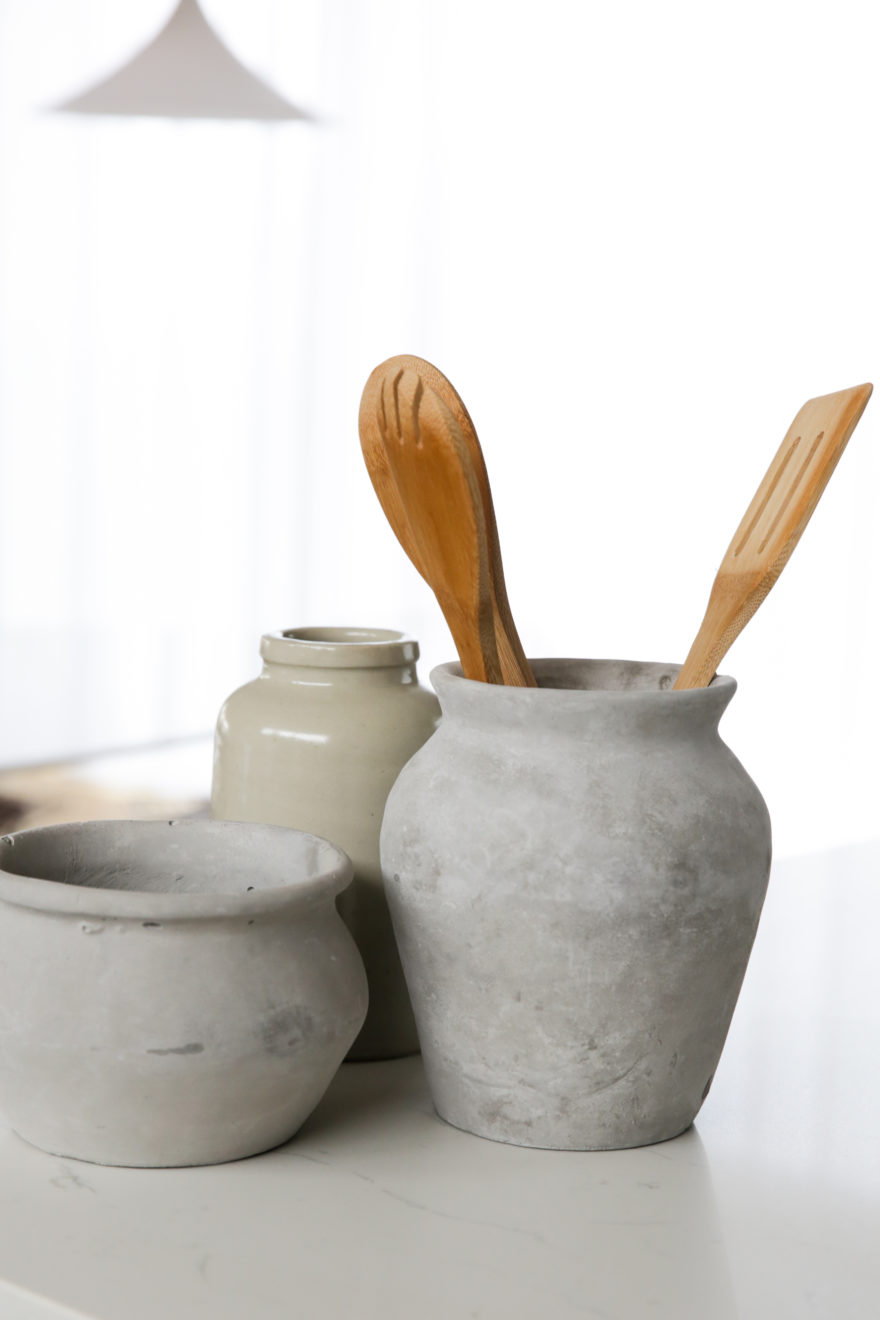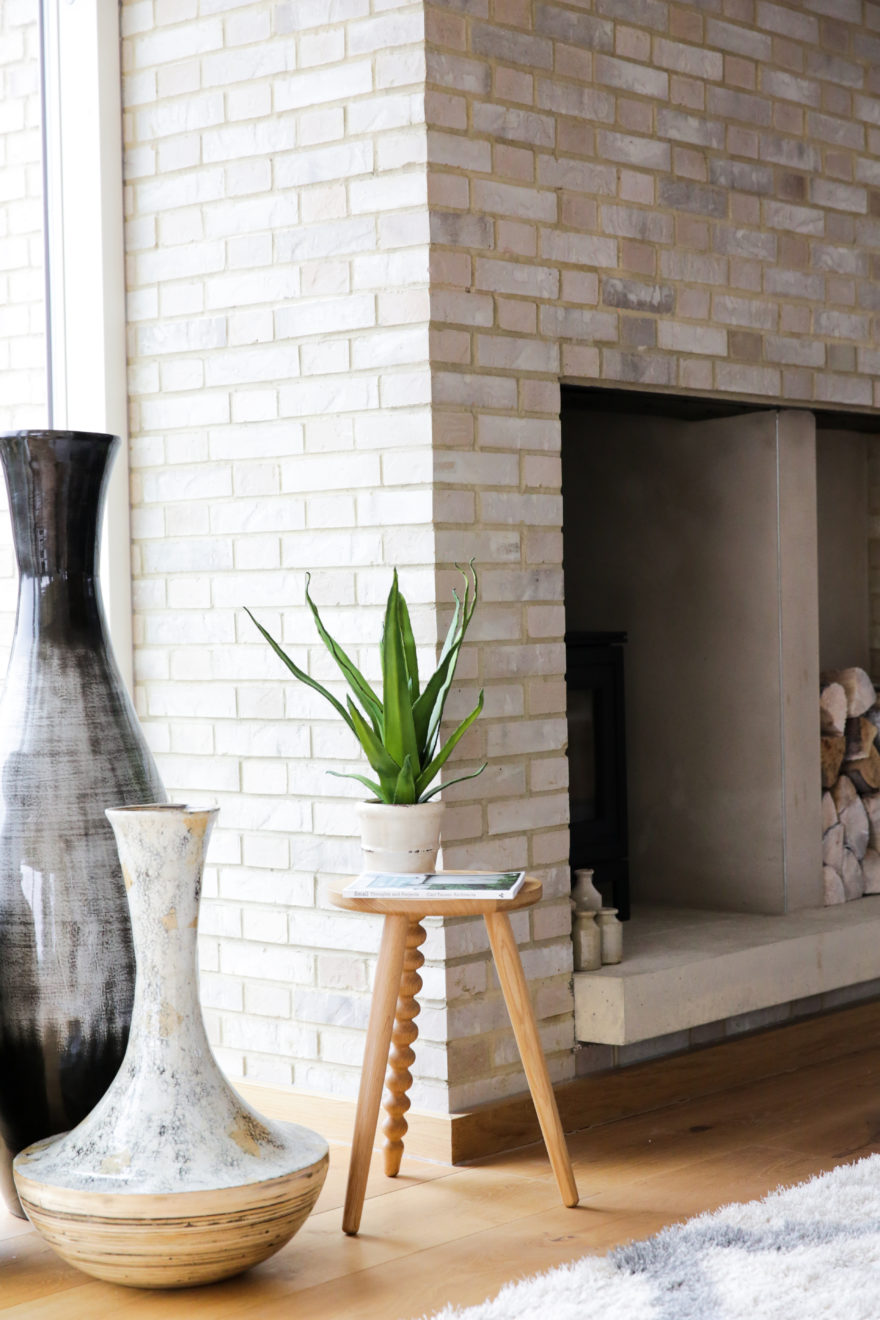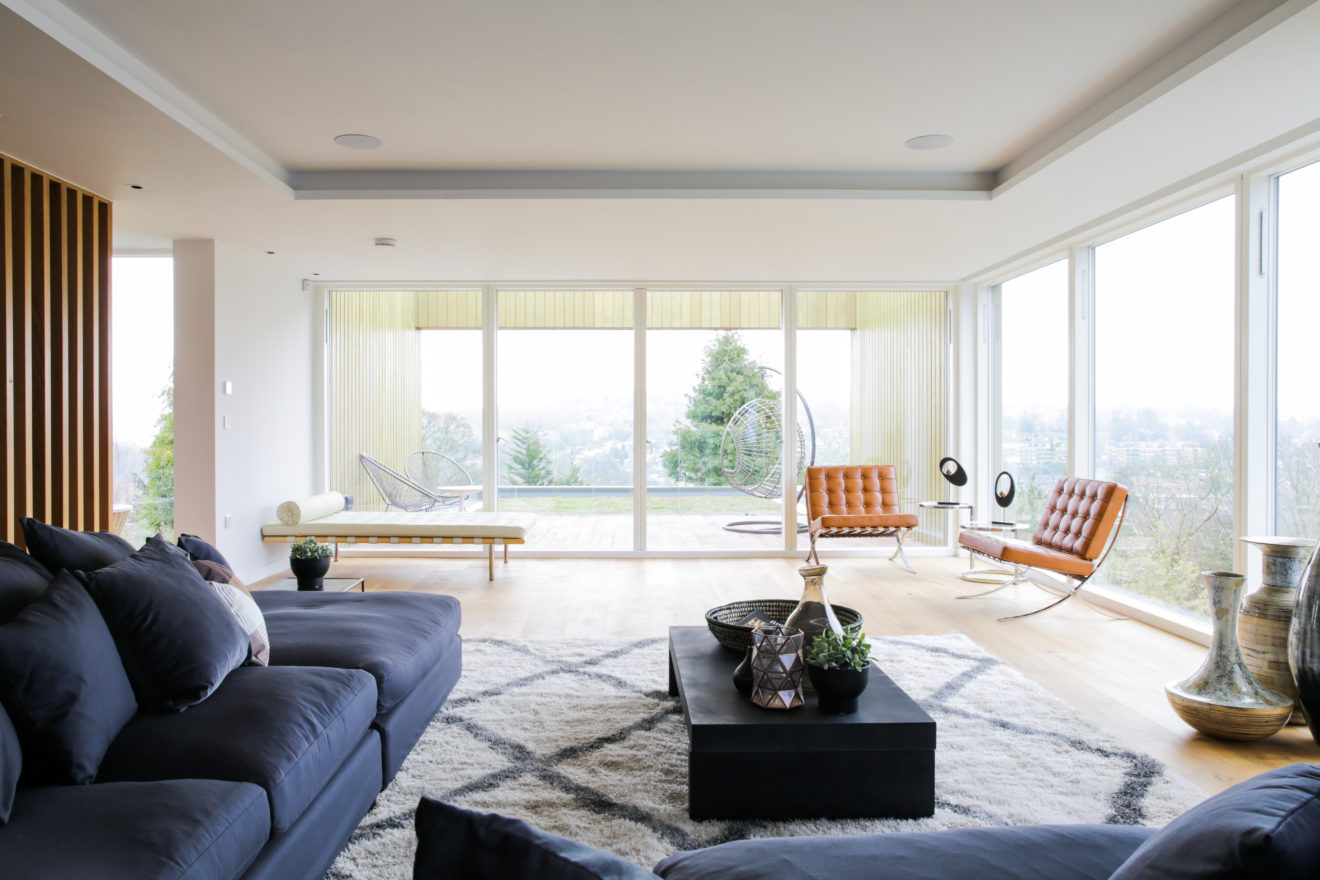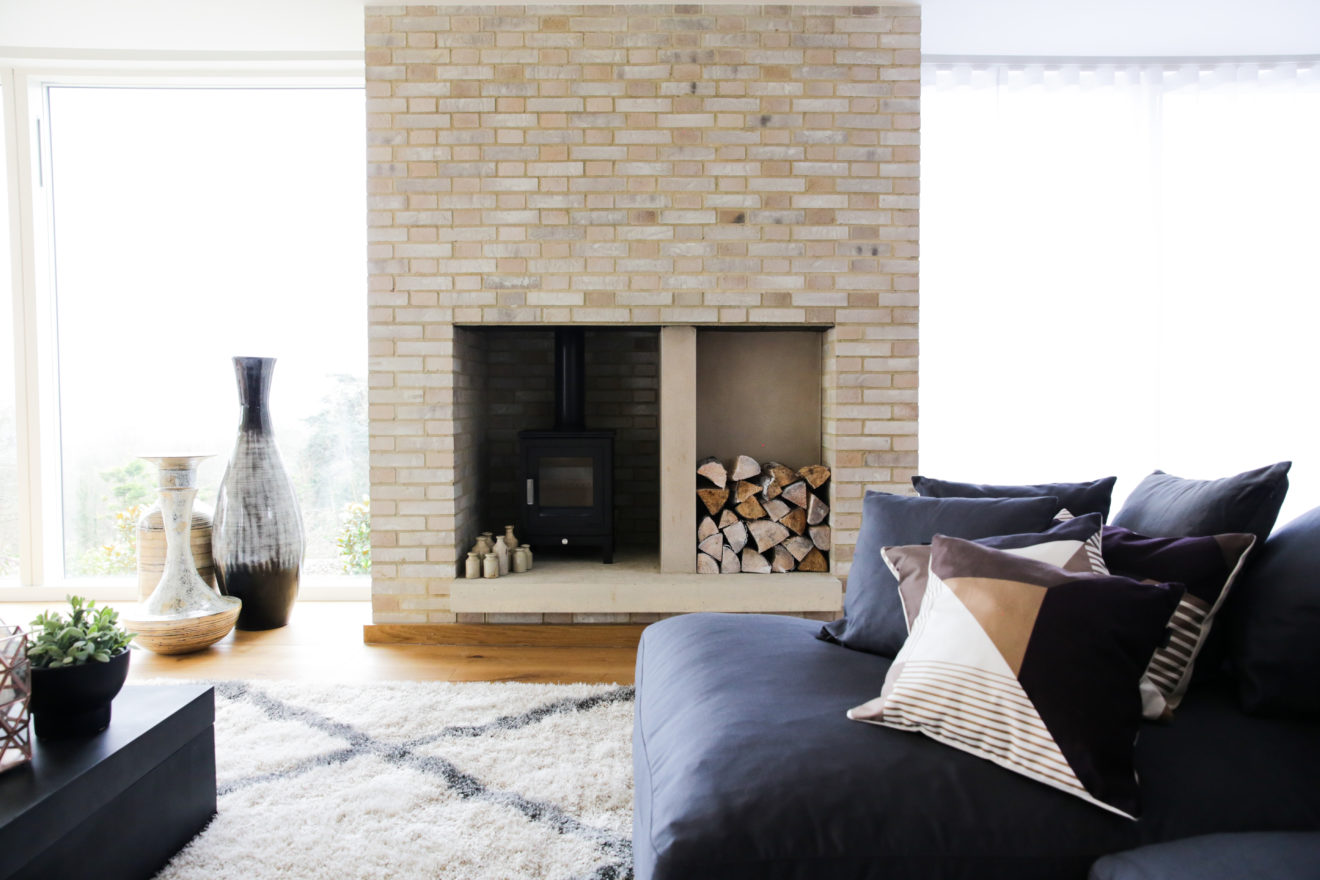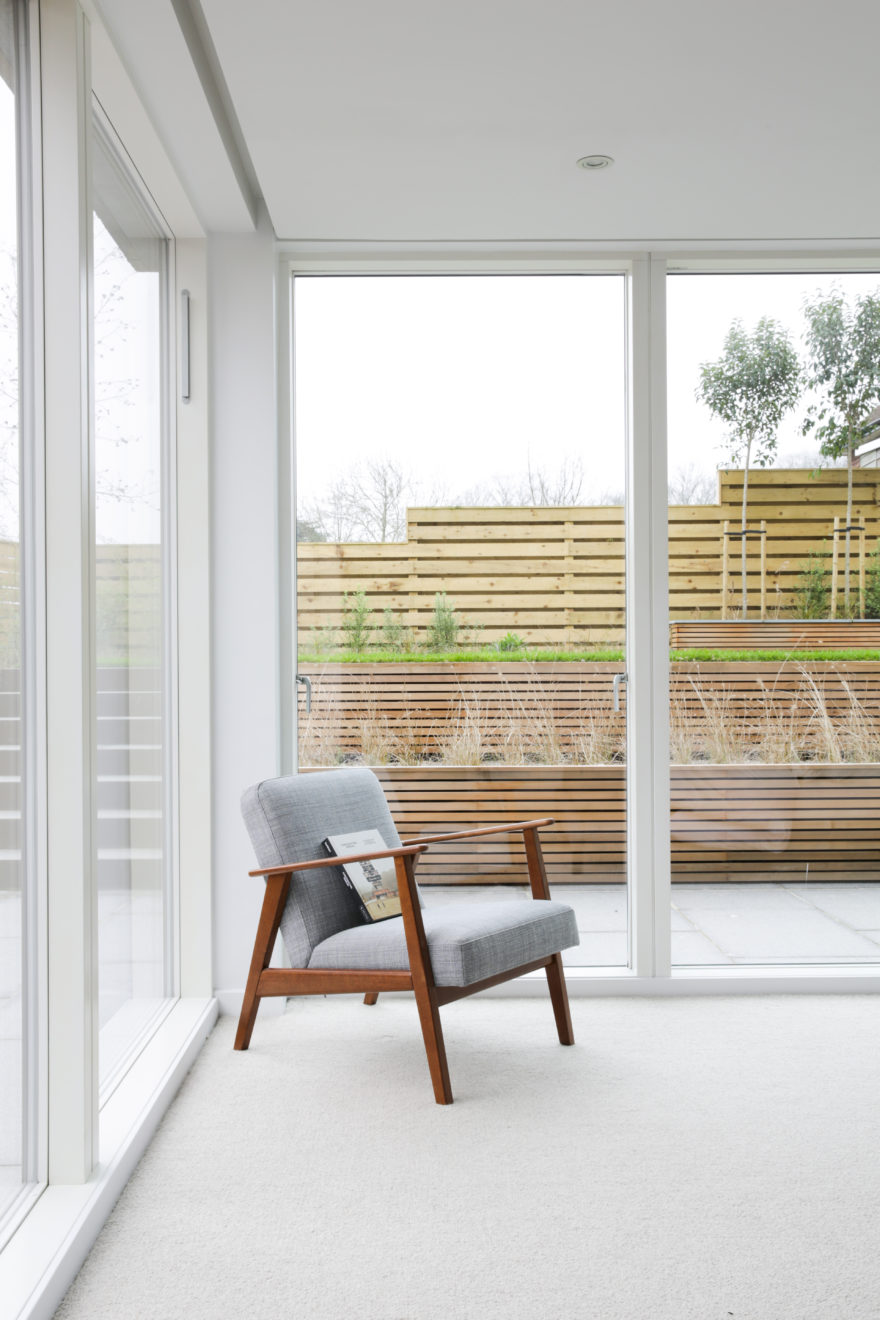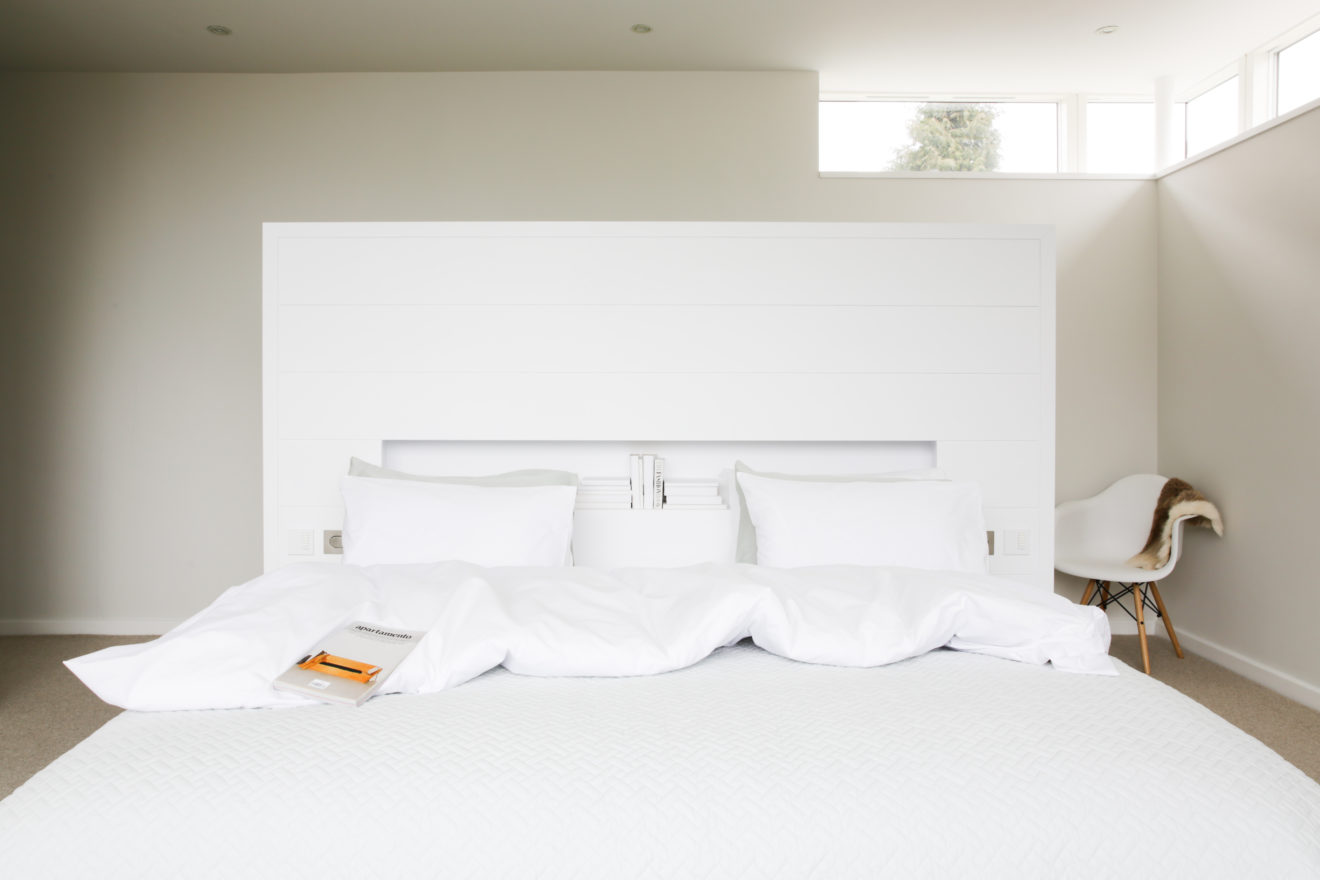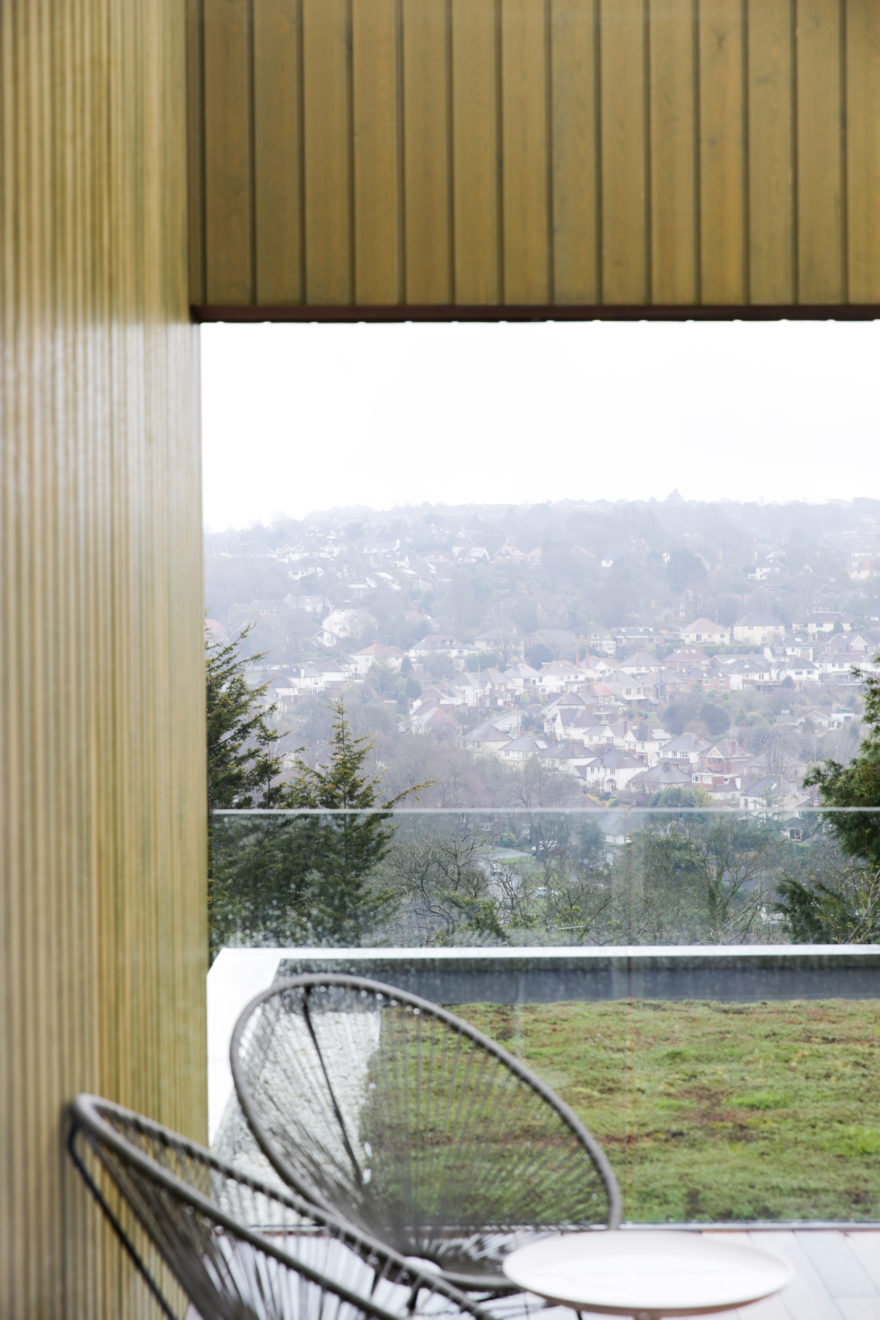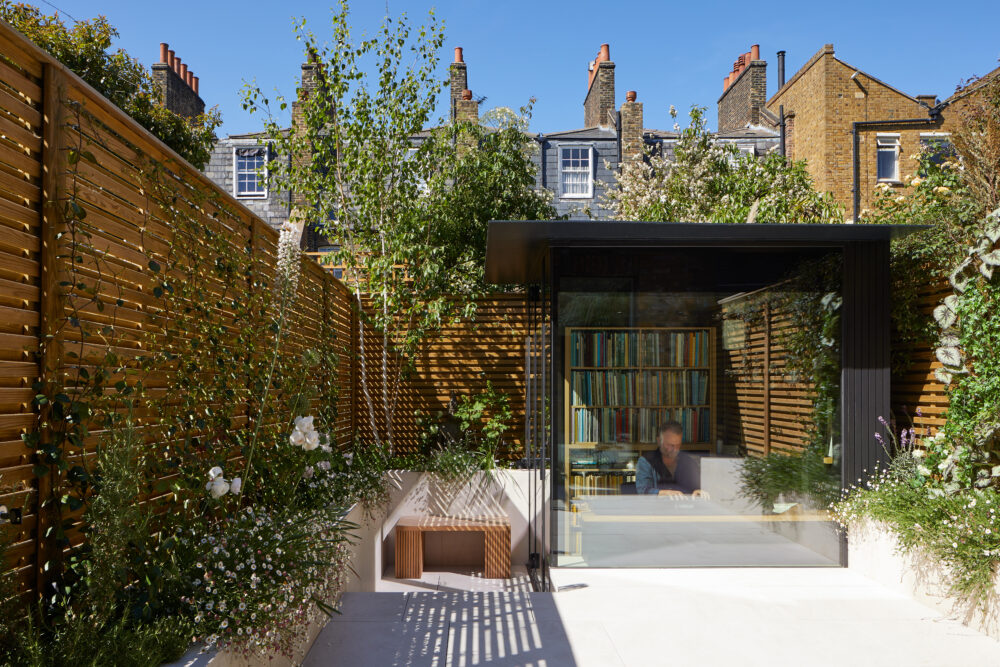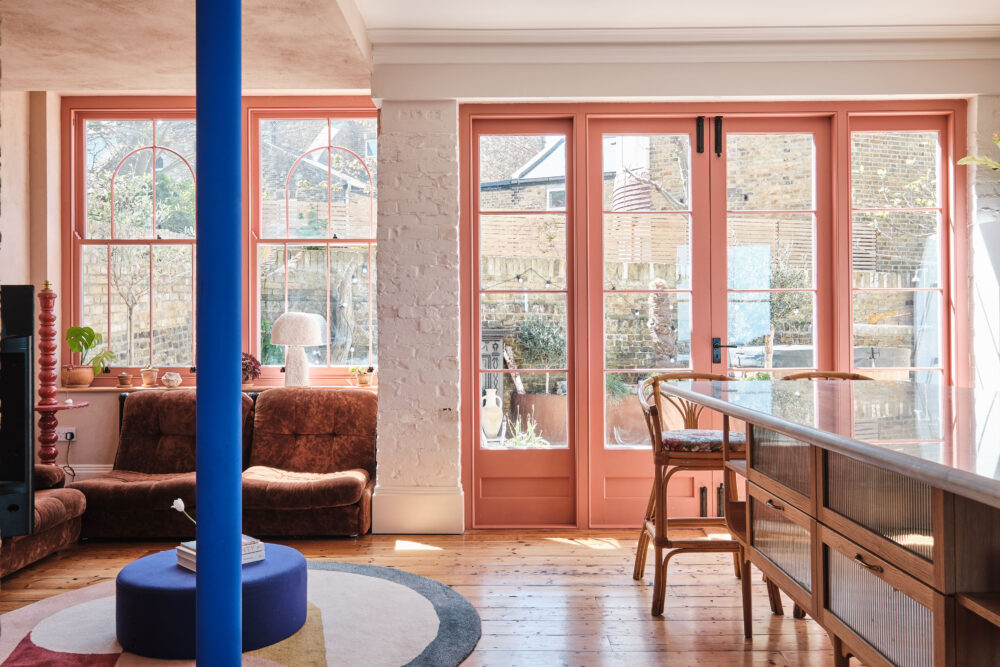John Pardey, The Traffic Lights
Earlier this year, the “Traffic Lights” at Withdean Road won a much-deserved RIBA award. We were lucky to catch up with architect, John Pardey, and find out more about his inspirations and how he works. We joined him and Paul Templeton of Boabab, as they were showing the judges from RIBA around the three houses that make up this beautiful, award-winning new development.
One of my first memories is of my uncle Robert who was an architect. I was good at art, I won a Blue Peter badge when I was ten, I knew that as a boy growing up in the New Forest that I could do something interesting. I wouldn’t describe myself as fiercely ambitious but I have a standard that I want to hit. I wanted to be an artist, a book illustrator specifically. I was obsessed with E.H. Shepard (illustrator of the Winnie the Pooh books). Because I was good at drawing, Robert kept saying “you must be an architect”, he kept on at me and I gave in. I got a job early on at an architecture practice and it was a way for me to draw every day. I was also working with my father, building. I was on site with him one day and there I was (on a break) reading Proust and everyone else on site was reading page 3, I realised that needed to move on. Then two things happened, I met my wife when I was 18. She was very good at pushing me in the right direction and encouraging me to study. I also later discovered that my uncle Robert was in fact Robert Van ’t Hoff, founder member of De Stijil, a good friend of Mondrian etc. He quit architecture and became a gardener, that’s how my dad met him, on a building site, and they got on. By the time I understood who he was, he was in his 90s and he used to call me Gerrit all the time, Gerrit Rietveld, I reminded him of him. When he died, he left instructions, with drawings of how to build his coffin with overlapping corners out of plywood. I wrote my part 1 dissertation on him which won the highest prize in Britain, another thing that made me think, yeah, I can do this. But essentially, all I wanted to do was draw and I still draw every day, so I’m still happy.
In touch with nature. It’s all about embracing the view, the use of warmer natural materials and daylight should make it feel like home. I’m bonkers about Scandinavian buildings. I do not like white rendered buildings that are trying to be sculptural pieces of art, I admire their intellectual construct but I couldn’t live with it, I love things that are natural. This house is in a way, quite humble, very natural and easy to live with.
I like that it contrasts against some of the white edifices and introduces warmth and nature back. And I love the fact that it’s been named ‘the traffic lights’ by the local people, it means that it’s been adopted by them. People really engage with these houses. I don’t like the word ‘modern’ I prefer ‘contemporary’ but I think people feel more familiar with contemporary architecture now.
He (Paul Templeton) cares. I work with other people and it’s often a very different journey. It tends to start and finish with the exterior, rather than being able to continue the design ethos throughout the entire house which of course is one of the things that allowed us to make this place special.
Come and look at the site, meet with the client, go and start drawing. These (three) buildings look almost exactly the same as that first drawing. I think that it’s just in me, it just comes out. There are certain things that inform that, like what’s the view, what can’t you do, what’s it overlooking, there are always constraints but the way to do it is sit down with a blank bit of paper and do that [draws]. That’s what I adore, that’s what’s kept me going for the last 30 years.
I would never let form dominate because that wilful. I think there has to be a strong sense of control, you have to have an idea and hold it because it can all fall apart quickly without that. No matter what we do there is a very strong diagram and I will never let that go, ever. It’s based on how it works, the shape of the thing is because of the light, the wind, where the views are – that’s the diagram. It’s a functional diagram.
They’re getting simpler, we are trying to get more out of less with everything we do now, distilling it down. Everything is very different but with a consistency. I’m not interested in fashion, I love that I’m not in London so I’m not influenced by what my colleagues are doing there. I read my books not magazines. I don’t like style – timelessness, that’s what I’m fighting for – no style. As soon as you engage in a particular style you risk becoming dated. But whatever you’re designing, you have to fall in love with it or it doesn’t have soul. The hardest bit is falling in love with the things that don’t get built.
Without question, the Desert House in Palm Springs by Richard Nuetra. Last time I went there I had written to the owners to arrange a visit but when I arrived I was stopped by a security guard who threatened to shoot me if I tried to get in the house! So, as I was leaving, crestfallen, and the gardeners arrived so I snuck in with them and had a look around! Fantastic, best house in the world. I’m influenced by lots of things though, case study, Scandinavian modernism and I love English Arts and Crafts. I love travelling around looking at houses, I’ve been in to every Barragan house in Mexico but Palm Springs is an amazing place – it’s all just one amazing piece of architecture after another. I never take any pictures though – I want to really experience it – not through a view finder.
I don’t have a lot of things. We didn’t have a dining table for 16 years because there’s only one table I wanted by Le Corbusier and Charlotte Perriand. I have a beautiful PK40 light above it and I sit on my 3107 chairs by Arne Jacobsen.


